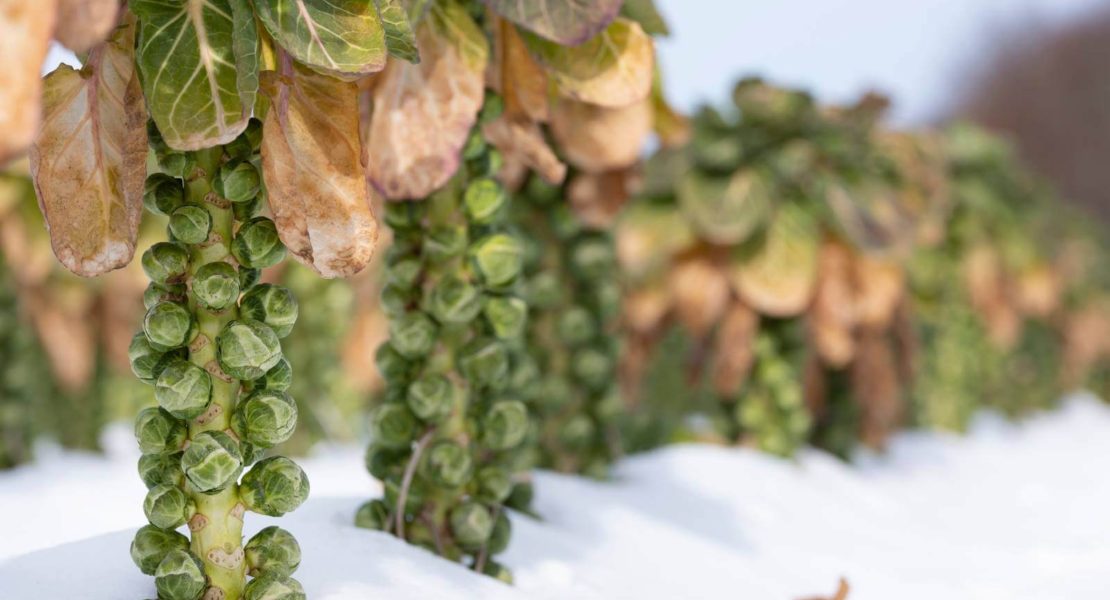Winter may not be the season that pops into your head when you think of Australia. That’s often for good reason – in the northern half of the country four seasons are traded for two: wet (the equivalent of summer) and dry (the equivalent of winter).
But as with other temperate areas of the world, the most populous and popular parts of Australia do experience four distinct seasons (although in the southern hemisphere the seasons occur at opposite times to the northern hemisphere).
The generally mild Australian winter is a good time for backpackers to pick up work as fruit pickers, as a number of crops are harvested at this time of year, and the work can be less taxing in winter than in summer. In this guide we’ll share the very best Aussie fruit picking jobs for the winter season, and how you can cope with conditions to pick more and earn more.
The 5 best winter fruit picking jobs in Australia
Where will you find the finest Australian winter fruit picking opportunities? Here are five of the best.
1. Citrus in NSW’s Riverina
A sprawling floodplain that lies to the west of the ACT, a 4-5 hour drive from Sydney, the Riverina region produces almost all of New South Wales’ citrus and a decent chunk of the country’s supply. The harvest of oranges, mandarins, lemons, limes and other, more exotic fruits begins in earnest in late autumn, and stretches through to early spring.
Browse fruit picking jobs in NSW
2. Apples in Tasmania
It turns out that the state colloquially known as the Apple Isle produces quite a few apples – who knew? From the Tamar Valley in the north to the Huon Valley in the south, Tasmania harvests a huge amount of apples (and quite a few pears), with the season peaking over late-Autumn and early-winter. As Australia’s southernmost state, pickers should be prepared for chilly conditions.
Browse fruit picking jobs in Tasmania
3. Vegetables in the Adelaide Hills
The hills overlooking the South Australian capital of Adelaide are best known for growing grapes for the region’s gorgeous white wines. But once the vineyards wrap up their harvest in April, the focus turns to veg. Brassicas (broccoli, cauliflower, brussels sprouts and cabbage), root vegetables (carrots, turnips, parsnips and beetroot), leafy greens (kale and spinach), and certain types of pumpkins and squash are all ready to be harvested from late-autumn and early-winter.
Browse fruit picking jobs in South Australia
4. Citrus in Goulburn Valley
A two-hour drive north of Victoria will place you in Shepparton, the main hub of the Goulburn Valley. Bordering the Murray River, and acting as a historical floodplain for Australia’s largest waterway, the valley is home to a magic combination of particularly fertile soils and plentiful access to water for irrigation. Like the Riverina region to the north, citrus is big business here, and the winter fruit picking harvest stretches from late-autumn to early-spring.
Browse fruit picking jobs in Victoria
5. Macadamias in Bundaberg
An indigenous Australian plant that has become popular around the globe, the fatty, oily and all-round delicious macadamia nut is harvested on the east coast during winter. The Queensland city of Bundaberg is Australia’s largest producer, and boasts a winter climate that can’t really be called winter at all, thanks to its subtropical location.
Browse fruit picking jobs in QLD
7 ways to deal with the winter fruit picking chill
You’ve found some winter fruit picking work, now you just have to do it. While Australia is a generally warm country, there are still areas, particularly in the southeast, that experience surprisingly low winter temperatures (a classic fun fact: Australia has more snow than Switzerland).
Here are seven strategies that will help you cope with the winter fruit picking chill.
- Aim north: The further north you go, the warmer your winter fruit picking experience will be. In fact, winter doesn’t exist at all in the Australia tropics, which experience an eminently comfortable dry season at this time of year.
- Wrap yourself up: If you find yourself working in a colder climate, give your body the protection it deserves. Layer up to keep your core warm, and invest in high quality headwear, gloves, shoes and socks to keep your extremities toasty.
- Stay dry: This may be easier said than done if you’re picking in rainy or dewy conditions, but staying dry is critical to your comfort – and in more extreme cold, your safety – when picking in the winter. Seek shelter from the rain however and wherever possible, and choose waterproof clothing, gloves and footwear.
- East and drink warm things: Warming yourself from the inside out with a hot cup o’ joe or a toasty, tasty treat like soup, which can be the ideal antidote to the winter chill.
- Work in the warmest part of the day: While fruit picking is often treated as an early morning pursuit, consider negotiating with your employer to work through the warmest part of the day: from late morning to early evening.
- Use heat packs: Invest in disposable heat packs. These little plastic packets use a chemical reaction to generate heat and last for hours. They can be tucked in pockets, boots or even gloves to provide much-needed warmth.
- Know the danger signs: If you’re working in a particularly cold area, be aware of the early signs of hypothermia (shivering, cold skin, weakness, slurred speech) and frostbite (skin hardness, numbness, tingling, discolouration). Keep tabs on how you and your fellow workers are feeling to ensure everyone stays safe.
Fruit Picking Resources
Check our harvest guide for a full rundown of Australia’s harvest seasons, crop-by-crop and state-by-state.

